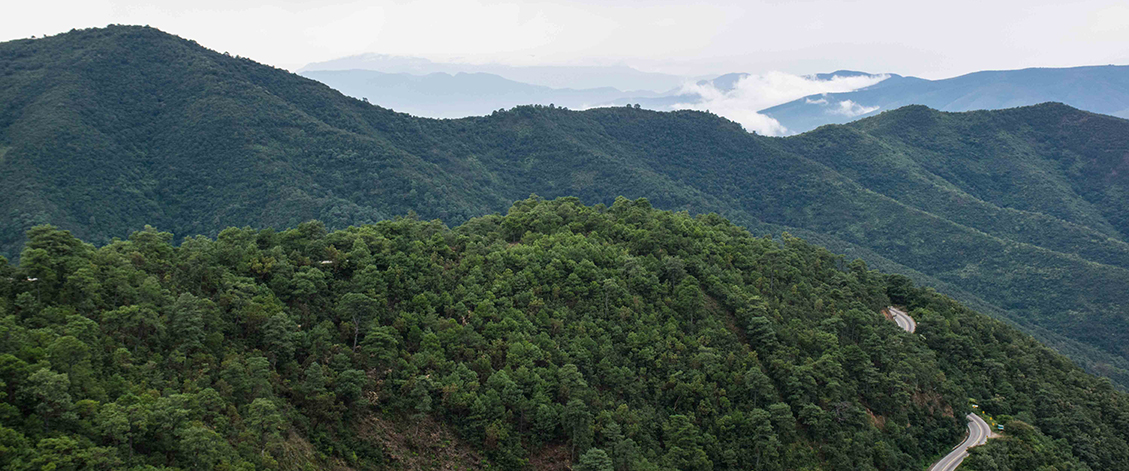In the United States we tend to be most familiar with the northern part of Mexico and Baja. The landscape and vacation spots, the culture and food, even the cities and political issues. But Mexico is a huge country and it’s southern part is vastly different. Southern Mexico is still quite remote, separated by desert expanses and soaring mountain ranges. The pace slows, traditional ways of doing things endure, and the flavors become more savory.
In the southwest end of the country, tucked into the Sierra Madre range that also runs through California, is the state of Oaxaca. Farmland is given to residents of Oaxaca but the government provides little infrastructure, making it difficult for farmers to access agriculture technology, markets to sell their goods, or money for their labor. As in most third-world countries, the farther away people are to the capitol city the farther away they are from government attention, resulting in less money, assistance and development.






